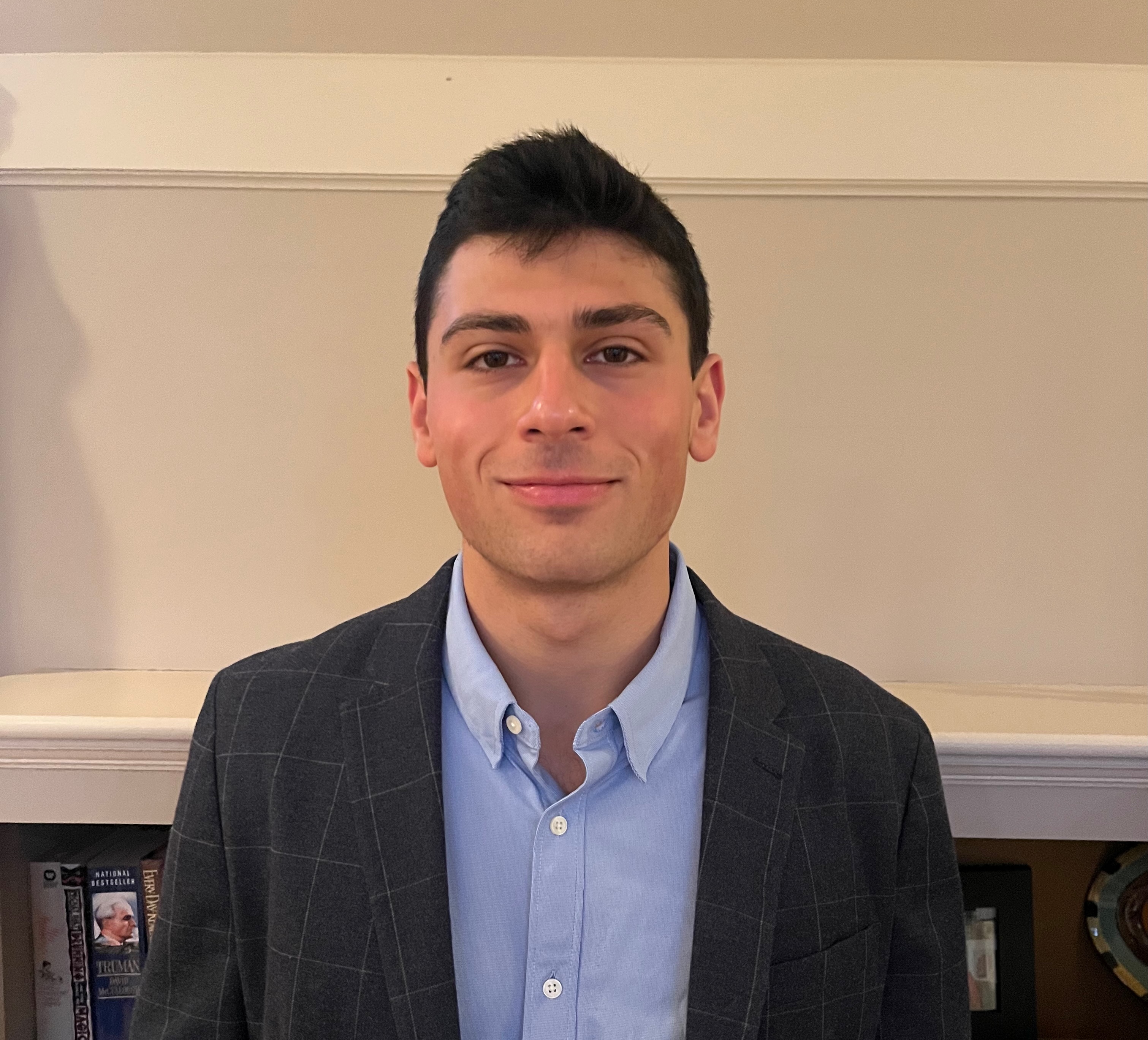Published by The Lawfare Institute
in Cooperation With

♦ Return to Evidence Navigation Page |
Take Me to the Evidence in Full → |
The Jan. 6 select committee promised in its first hearing evidence on seven distinct points. The following is our brief assessment of the quality of the evidence the committee presented on each point:
- First, on its claim that Trump attempted to convince Americans that significant levels of fraud had stolen the election from him despite knowing that he had, in fact, lost the 2020 election: The committee is wholly persuasive that Trump was made aware of his defeat and of the meritlessness of his claims of fraud. Its presentation on this point lacks only a smoking gun as to Trump’s subjective state of mind in making the claims he advanced. The evidence that Trump knew he lost consists largely of his having laid the groundwork for the claim before Election Day and the information available to him being so voluminous that any blindness on his part was necessarily willful.
- Second, on its claim that Trump planned to remove and replace the attorney general and other Justice Department officials as part of an effort to pressure the department to spread his allegations of election fraud: The committee’s presentation on this point is wholly persuasive and has not been meaningfully contested. There appears to be no question that the president sought to persuade the Justice Department, both before Attorney General William Barr’s departure and after, to make false claims about election fraud. There similarly seems to be no question that the president, in the face of the Justice Department’s refusal to do this, seriously contemplated replacing the department’s acting leadership with Jeffrey Clark—knowing that Clark would send the letter to Georgia (containing baseless allegations of election fraud in that state and others) if installed. There is similarly uncontested testimony that Trump backed down only in the face of certain threatened resignations from virtually the entire Justice Department senior leadership.
- Third, on its claim that Trump sought to pressure Vice President Mike Pence to refuse to count electoral votes on Jan. 6: The committee’s evidence that Trump pressured Pence to violate his oath and reject the electors is overpowering. He did this advised by lawyers who appear to have been aware that their legal theory was garbage. Trump actively lied in public about what Pence believed about his own authority. And he pushed Pence on Jan. 6 itself, knowing he was potentially putting the vice president in danger.
- Fourth, on its claim that Trump tried to convince state lawmakers and election officials to alter election results: The committee’s evidence on this point is neither ambiguous nor subtle. It involves the sworn testimony of a large number of state officials, actions taken in public, and public statements by the president and others. No evidence has emerged that significantly contradicts it.
- Fifth, on its claim that Trump’s lawyers and other members of the president’s team directed Republicans in multiple states to produce fake electoral slates and send those slates to Congress and the National Archives: The evidence the committee presented on this point is dispositive. There doesn’t seem to be much, if any, dispute about what happened. The question is whether the conduct in question was illegal or whether the conduct in question was so outlandish that it could be seen as something closer to a political protest. Regardless, that it happened seems beyond dispute.
- Sixth, on its claim that Trump assembled a destructive group of rioters in Washington and sent them to the U.S. Capitol: The committee did not present evidence that Trump or the White House organized the rally, but it did present substantial evidence that the rally was organized in response to Trump’s call, that Trump intended from the beginning that the rally would result in a march to the Capitol, that he intended to participate in that rally, and that he called for the rally in response to the failure of his efforts to subvert the election results. It presented evidence that he was aware of, and content with, the possibility of violence and that there were at least contacts between his White House staff and extremist groups.
- And finally, seventh, on its claim that Trump ignored requests to speak out against the violence in real time and failed to act quickly to stop the attack and tell his supporters to depart the Capitol: The evidence that Trump did nothing to stop the insurrection is overwhelming—and actually did not require the committee to establish. Trump simply disappeared after his speech and didn’t reappear in public for hours. The committee presented, in addition, significant evidence that he actively resisted doing anything to calm things down during this period. The committee’s evidence that he was actively pleased by the violence is less dispositive and more indirect—consisting to a large degree of things that Meadows said about Trump’s attitudes in real time. That said, it is hard to escape the conclusion that Trump, having unleashed the violence was content to see it play out.
♦ Return to Evidence Navigation Page |
Take Me to the Evidence in Full → |
Matt Gluck is a first-year student at Harvard Law School. He previously worked in the Department of Homeland Security’s Office of Intelligence and Analysis and as a research fellow at Lawfare.
Tia Sewell is a former associate editor of Lawfare. She studied international relations and economics at Stanford University and is now a master’s student in international security at Sciences Po in Paris.
Benjamin Wittes is editor in chief of Lawfare and a Senior Fellow in Governance Studies at the Brookings Institution. He is the author of several books.





.jpg?sfvrsn=5a43131e_9)

